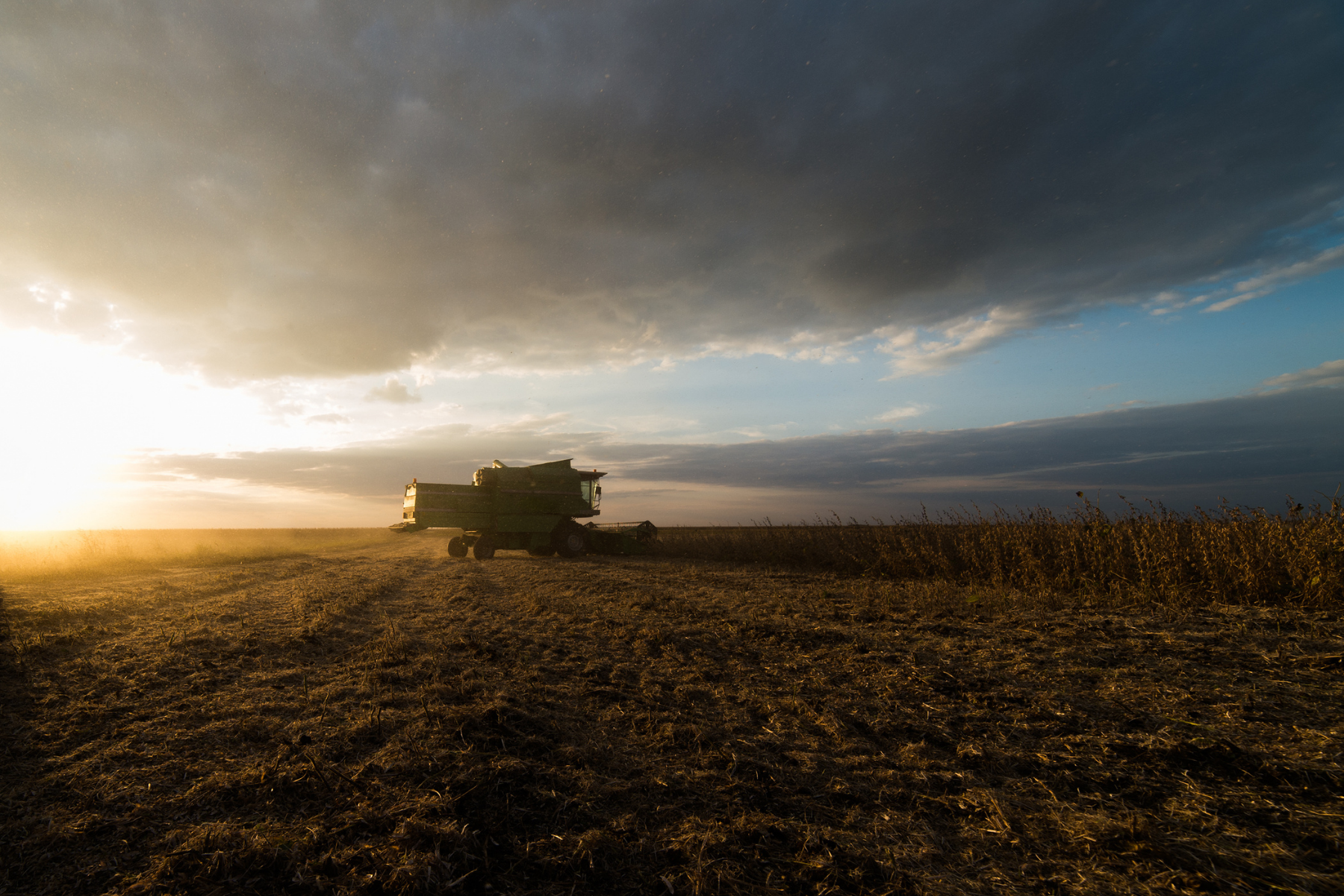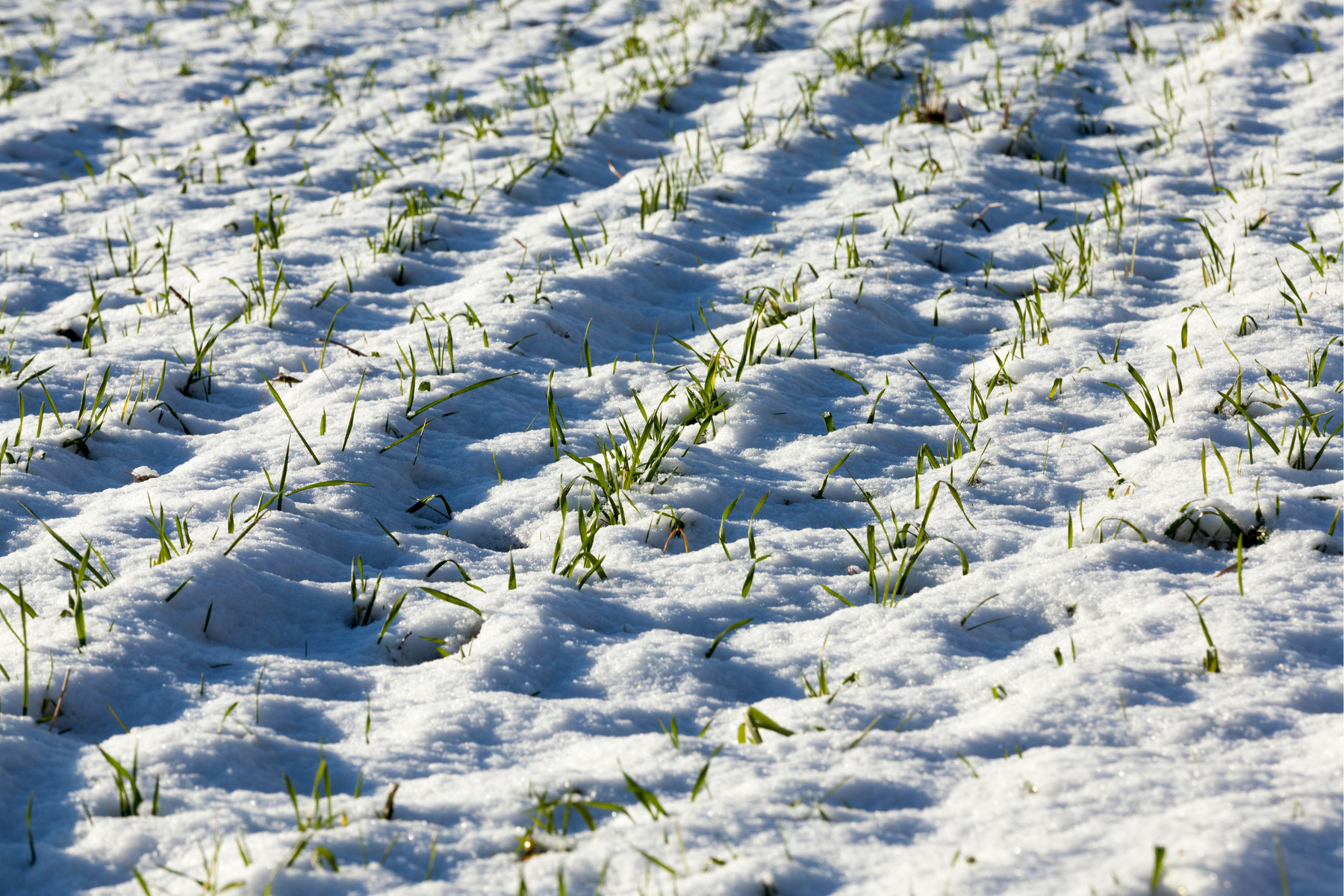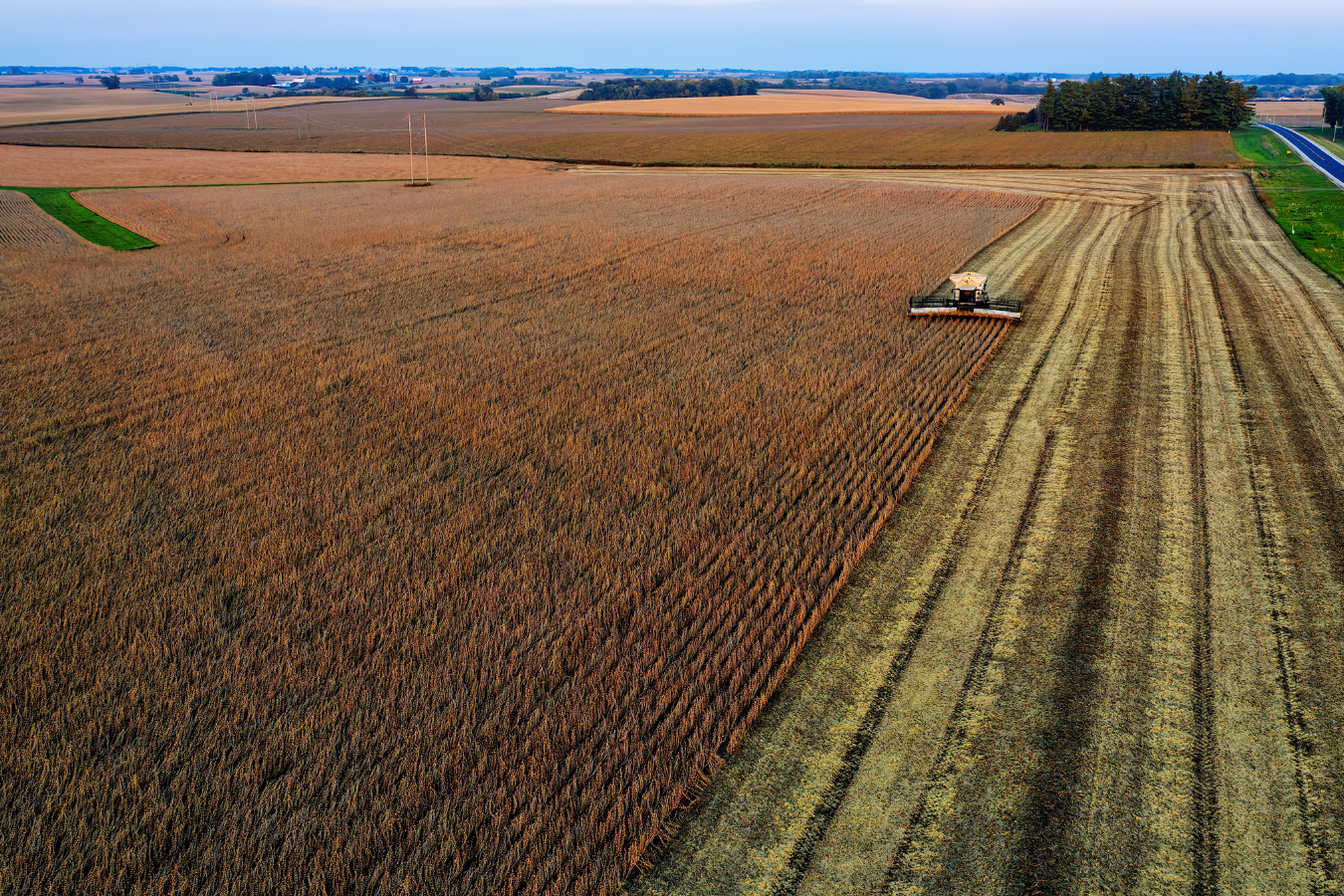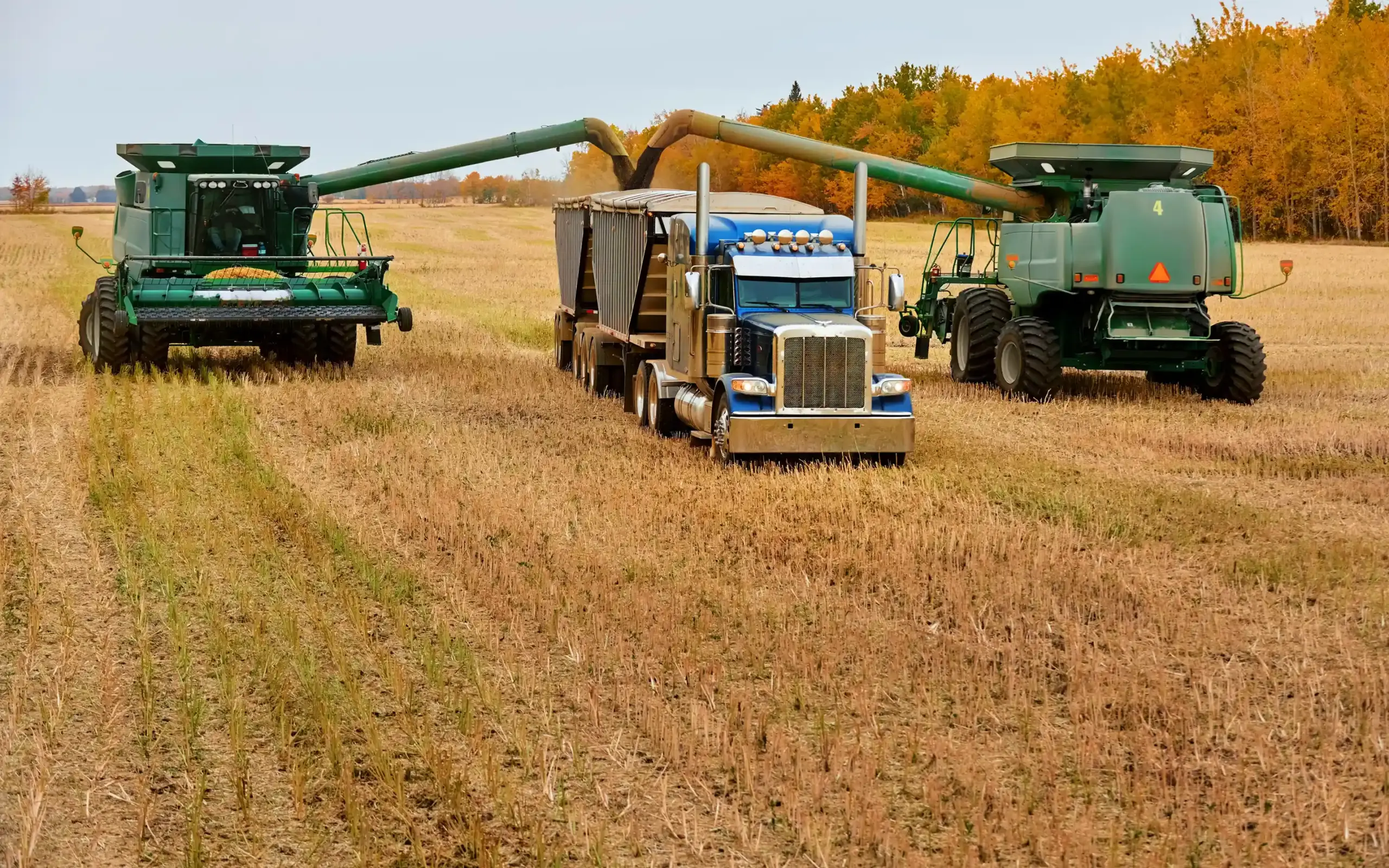INSIGHTS & UPDATES FROM SYLVITE
Sylvite Insights: Industry
News, Tips & Expertise
Providing high-quality fertilizers, crop protection, and nutrients, ensuring farmers have the right inputs to maximize yields and sustainability.
Stay Up-to-Date in Agriculture & Logistics with Sylvite
Stay informed with the latest industry news, expert insights, and practical advice from Sylvite. Whether it’s agriculture trends, sustainability initiatives, logistics updates, or product innovations, our blog keeps you up to date with valuable information to help your business grow and succeed.
Search

Fall Fertilization & the Power of Soil Sampling
Read More

Choosing Seed That Fits Your Farm
Read More

Smart Strategies for Late Wheat
Read More

Working Together, Growing Together
Read More

Beyond the Bag: Smart Seed Planning for a Successful 2026 Season
Read More

Fall P and K: Building Next Season’s Foundation
Read More
Get to Know Sylvite
Learn more about our history, team, and commitment to the industries we serve. From our roots in agriculture to our expanding impact in chemical supply and logistics, Sylvite is built on expertise, partnerships, and a drive for innovation.


